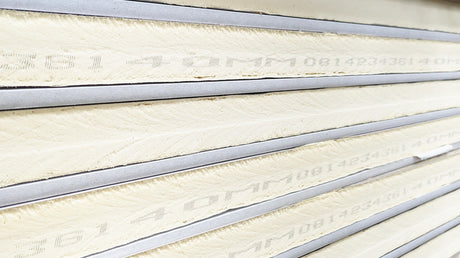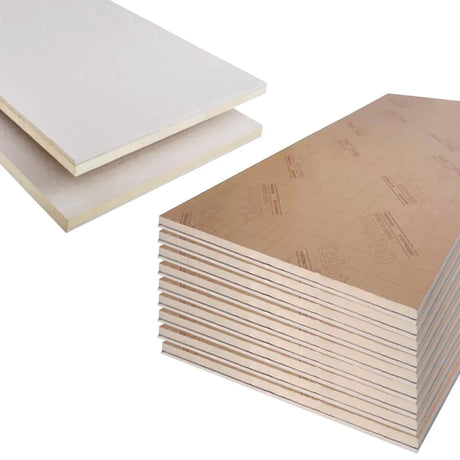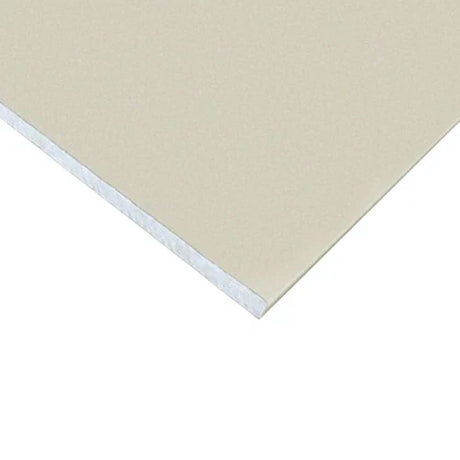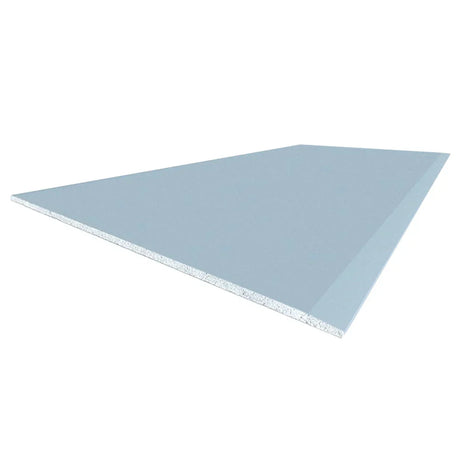While marine plywood offers exceptional inherent moisture resistance, appropriate sealing provides critical additional protection substantially extending service life in challenging environments. Understanding both the material's natural capabilities and potential vulnerabilities helps establish appropriate sealing strategies for different applications and exposure conditions.
Marine plywood's end grain and edges present particular vulnerability requiring specific sealing attention. Despite the material's sophisticated internal construction with waterproof adhesives and quality veneers, cut edges expose the wood's natural grain structure creating potential water migration paths through capillary action. This vulnerability proves especially significant in applications with periodic or constant water exposure, where unsealed edges can allow moisture penetration despite the panel's internal water-resistant properties. Appropriate edge treatments include multiple coats of dedicated edge sealers formulated specifically for marine applications, epoxy encapsulation creating complete moisture barriers, or specialised edge banding systems providing both protection and aesthetic finishing. This edge protection often proves more critical than surface sealing for the material's long-term performance, with many premature failures tracing directly to inadequate edge treatment despite appropriate surface protection.
Surface sealing serves multiple protective functions beyond simple moisture resistance. While marine plywood's internal construction resists moisture penetration and delamination, unprotected surfaces remain vulnerable to ultraviolet degradation, biological attack from fungi or marine organisms, and gradual moisture cycling that can eventually compromise even the most water-resistant material. Appropriate surface sealers protect against these multiple degradation mechanisms simultaneously: preventing water absorption that could eventually overcome the material's inherent resistance, blocking UV radiation that degrades lignin binding wood fibers together, and creating barriers against biological organisms that might attack the wood substrate. This comprehensive protection substantially extends service life compared to relying solely on the material's inherent properties, particularly in fully exterior applications with combined weather exposure challenges.
Sealer selection should match specific application requirements rather than following generic recommendations. Marine varnishes containing UV inhibitors provide excellent protection with enhanced appearance for applications where the wood's natural beauty remains aesthetically important. Epoxy systems followed by protective varnish or paint create maximum protection for severely challenging environments like boat hulls or continuous water exposure. Oil-based products penetrating the wood surface offer balanced protection with simple maintenance regimes for less demanding applications like occasional-use exterior furniture. Water-based exterior finishes provide environmentally friendly alternatives with appropriate performance for many applications, though generally requiring more frequent maintenance than traditional solvent-based alternatives. This application-specific approach delivers appropriate protection without unnecessary expense or application complexity beyond actual performance requirements.
Initial application techniques significantly influence sealing effectiveness regardless of product selection. Proper surface preparation through sanding with progressively finer grits (typically finishing with 180-220 grit) creates optimal mechanical bonding surface for most sealers. Application under appropriate conditions (typically 10-25°C with moderate humidity and no direct sunlight) allows proper flow-out and curing essential for film integrity. Multiple thin coats with appropriate drying time between applications generally provides superior performance compared to fewer heavy coats potentially vulnerable to adherence failures. Careful attention to edge and corner treatment, often requiring additional applications beyond flat surfaces, prevents premature failure at these vulnerable points. These application fundamentals often determine sealing effectiveness more decisively than specific product selection, with careful workmanship outperforming premium products poorly applied.
Maintenance requirements deserve consideration during initial sealer selection. Some systems (particularly traditional marine varnishes) deliver exceptional protection but require regular maintenance with additional coats every 1-2 years to maintain optimal performance. Others (like modern two-part polyurethane systems) provide longer maintenance intervals but present greater application complexity and potential refinishing challenges when eventually required. Oil-based products typically allow simple maintenance through cleaning and reapplication without requiring complete removal of previous treatments, while film-forming finishes eventually require complete stripping and renewal when degradation begins. These maintenance characteristics often influence appropriate selection as significantly as initial performance properties, particularly for applications where ongoing maintenance accessibility presents challenges or substantial dismantling would be required for later treatment.
Application environment creates additional sealing considerations. Marine environments with salt exposure present particularly demanding conditions requiring enhanced protection beyond standard exterior applications. Freshwater and saltwater exposures create different degradation mechanisms requiring specific protective strategies. Tropical environments with combined high UV exposure and biological activity demand comprehensive protection addressing multiple simultaneous threats to wood substrates. These environmental factors should influence not just product selection but application techniques, with more demanding environments typically justifying additional coats, more frequent maintenance schedules, or selecting premium systems offering enhanced protective properties specifically addressing the primary environmental threats present in particular locations.
Professional advice proves particularly valuable for critical marine plywood applications where sealing failure would create significant consequences. While many basic sealing applications remain accessible to competent DIY practitioners, challenging environments like boat construction, structural marine installations, or high-value exterior architectural features often benefit from specialist expertise regarding both product selection and application techniques. Professional marine coatings applicators bring not just technical knowledge but practical experience with how different sealing systems perform in specific environments over extended periods, providing valuable perspective beyond manufacturer claims or theoretical performance specifications. This expertise value increases proportionally with project complexity, material value, and potential consequences of premature failure.









